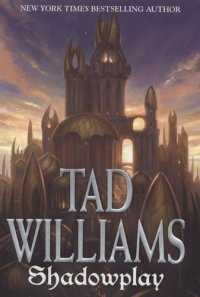
Sir Francis Galton, inventor of the standard deviation, psychometrician, and distant relative of Charles Darwin, is one of those remarkable people of the Victorian Era who did a little bit of everything. In 1850 he joined an expedition to what is now modern-day Namibia for the Royal Geographic Society and lived there for two years. When he returned to England, he decided the best way to use his knowledge was to write his own version of
The Complete Idiot’s Guide to Being a Victorian Explorer, for the benefit of future generations of pith helmets.
Thankfully, this peculiar text has not been lost to the mists of time. The Mountaineers Club had it reprinted in 2006 with modernized spellings. The result is highly entertaining.
The text is divided into several sections, beginning with “Preparatory Inquiries,” on through “Beasts of Burden,” “Food,” “Game,” and “Bush Remedies,” and finally winding up at “Miscellany” and “On Concluding the Journey.” Each of the chapters is logically organized and clearly written, so if an explorer can find what he needs to know to avoid being trampled by a charging rhinocerous.
There are places where it’s hard to believe this book is not a parody. What pith-helmety type would take a how-to manual along to dip into from time to time? Galton devotes two whole pages to how to make a proper pot of tea out in the bush, and now and then you run across un-PC little zingers like this one:
“Savages rarely murder newcomers; they fear their guns, and have a superstitious awe of the white man’s power: they require time to discover that he is not very different to themselves, and easily to be made away with.”
Therein, however, does not lie the value of The Art of Rough Travel. It is an absolute treasure trove for fantasy writers. Galton has inadvertently written the Idiot’s Guide to Problems that Fantasy Characters Face. How fast can I expect my hero to travel on his way to Mount Doom? Well, he can go about 3 miles per hour if he’s walking, or 4 if he’s walking fast. What if he’s traveling alone in hostile territory? He should tie his horse’s reins on a short leash to his wrist. If the horse hears something wrong, it will jerk its head up, and serve as an alarm clock. Okay, but what should he do if he runs out of food? See “Revolting Food, That May Save the Lives of Starving Men.” How much can his elephant carry? “The average burden, furniture included, but excluding the driver, is 500 lbs., and the full average day’s journey 15 miles.” The book is studded with little examples that would not just make one’s story more believable, but inspire stories of their own. Galton recommends that a traveler should get some jewels, encased in silver (it’s a non-irritant), inserted into the flesh of the arm and allow it to heal over. That way, if thieves steal everything including the clothes off your back, you still have a little money to fall back on.
Most of the time the advice is real, serious, and useful. The invention on flashlights has made Galton’s section on improvised candlesticks somewhat less relevant today, but the human body and keeping it alive in bad circumstances doesn’t change, and the wilderness is precisely the place you might find yourself without the modern conveniences that make you so different from the Victorians. Any good backpacker could find something to learn from this book, be it the right way to rappel down a cliff, tie a knot, or waterproof one’s bedding. I heartily recommend it to anybody writing an adventure story, or just anybody on the lookout for weird and fabulous ways to stay alive.



